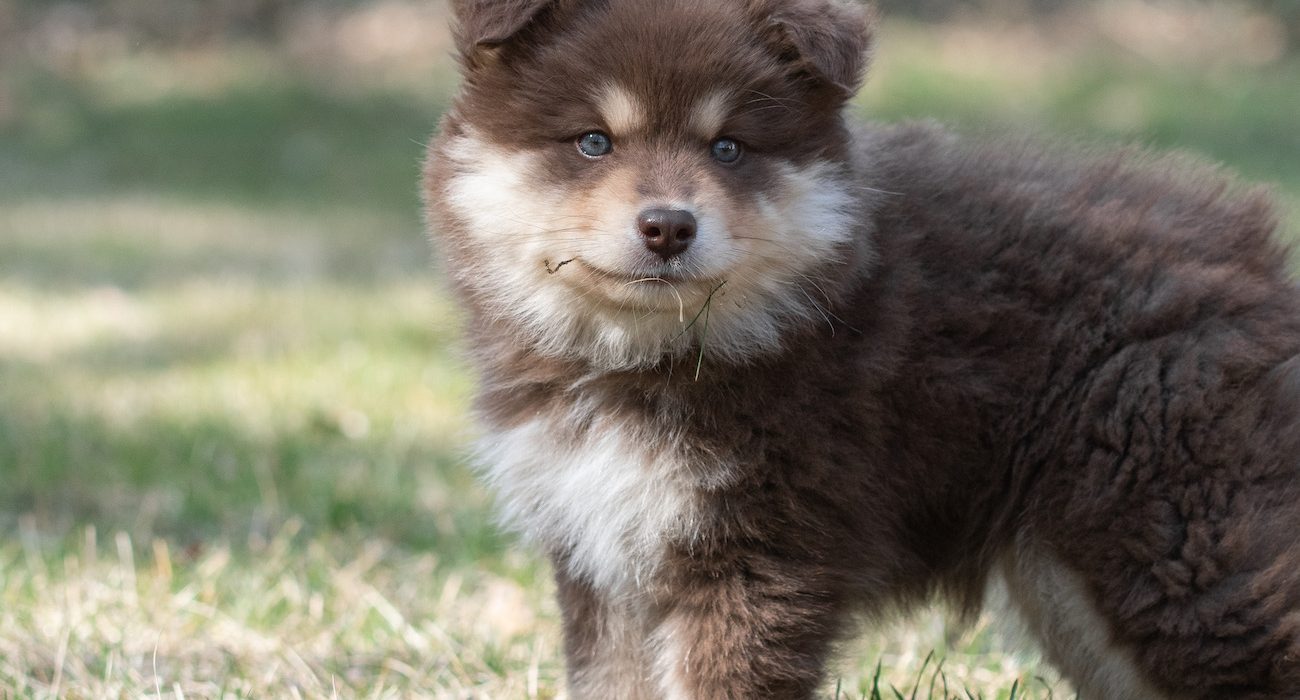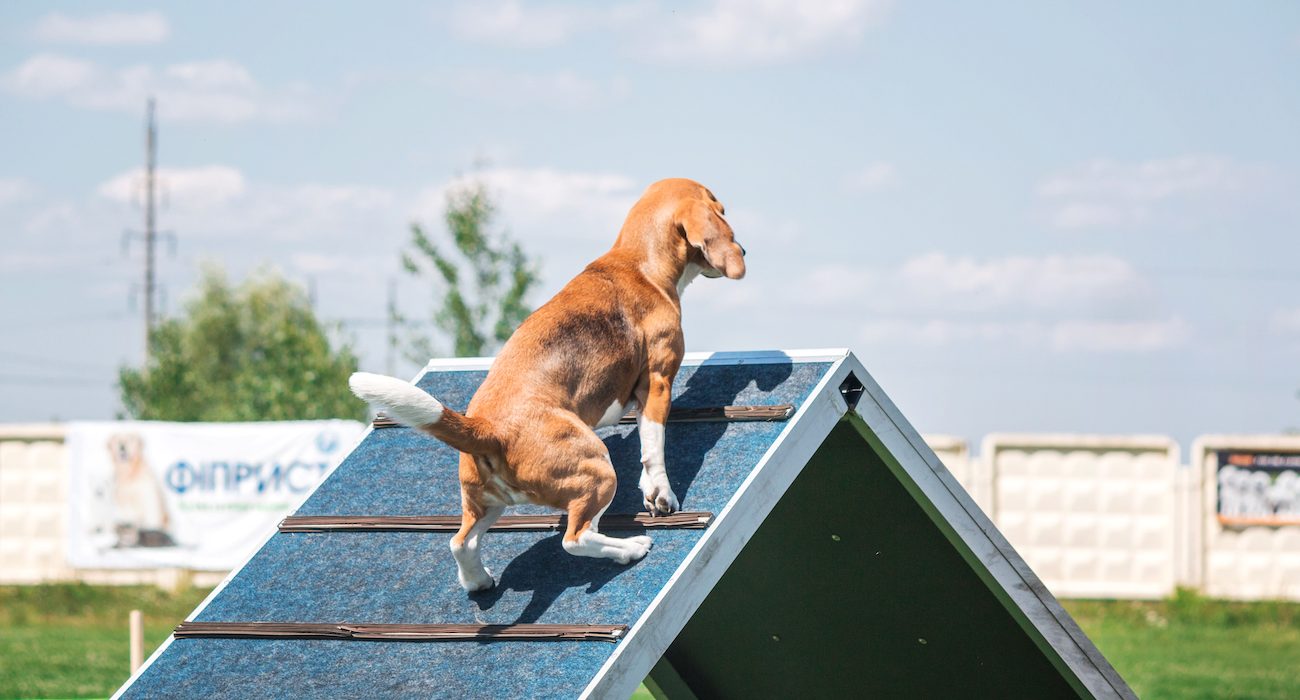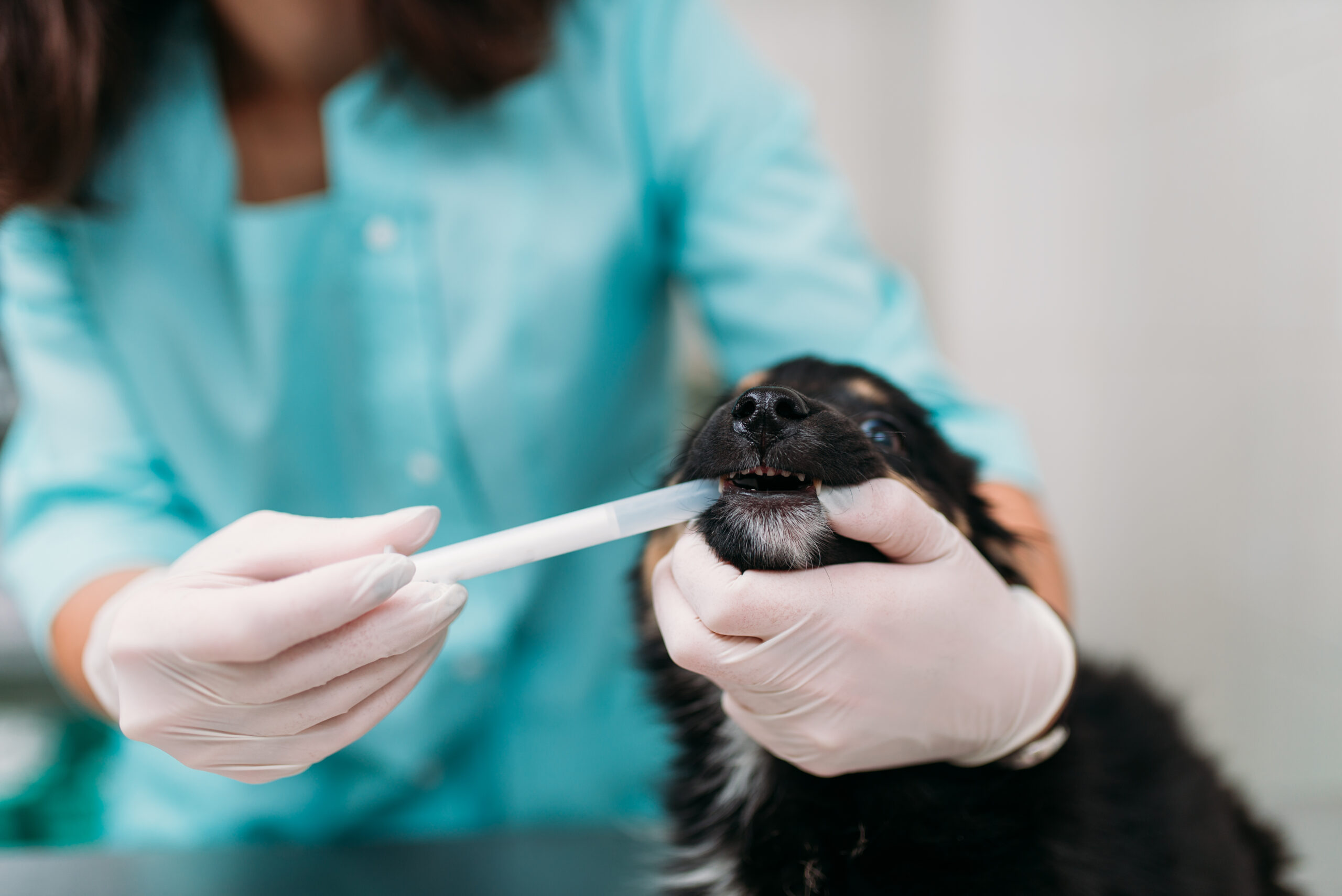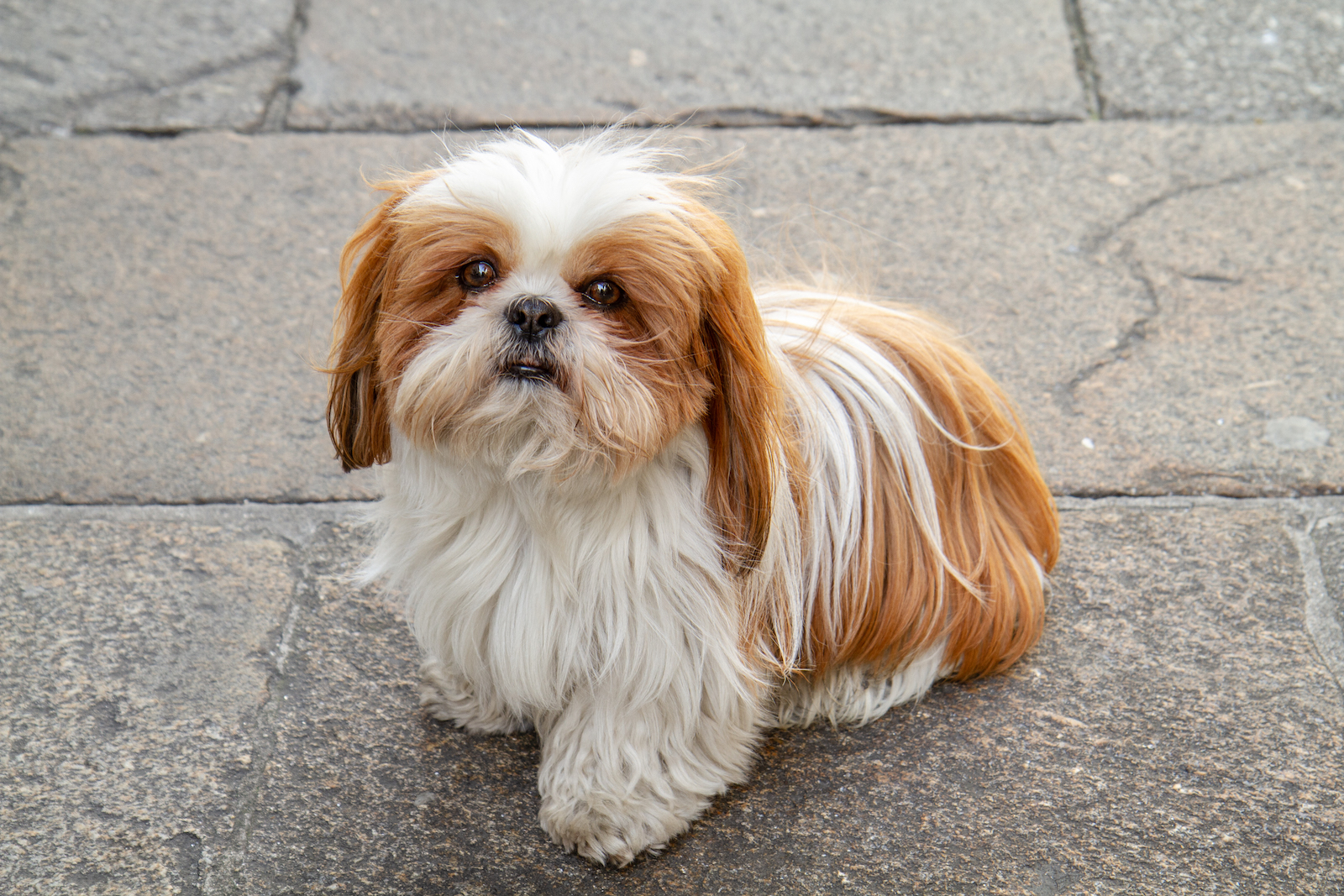
Interview: with Lancaster Puppies founder, Matt Snader
Interview: MAtt Snader The Dog Journal: Our interview for this issue of TDJ is with Matt Snader, the founder of Lancaster Puppies. Most of us
Environmental enrichment is the provision of accommodation or enhancement to the kennel that improves the quality of animal care in various ways. Effective enrichment:
a. increases the number and types of normal behaviors dogs show.
b. reduces abnormal behaviors.
c. increases dog’s use of the space given to them.
d. helps dogs to cope with stress by giving them the opportunity to have some control over themselves and aspects of their environment.
Many caretakers will be familiar with providing toys as one of the most common forms of enrichment for dogs and puppies. Enrichment opportunities can also be incorporated into kennel design which involves altering both the quality and complexity of the dog’s living space. There are five categories of environmental enrichment: social, nutritional, occupational, physical, and sensory. Use our Canine Enrichment Enrichment Log to help you effectively provide your dog’s environmental enrichment.
1. Select an enrichment opportunity that you expect the dog to enjoy or that will help address a specific management/ behavioral issue.
2. Maintain biosecurity and behavioral health measures through sanitizing and screening practices for all dogs, humans, and objects that the dog will interact with.
3. Enrichment exposure to NEW objects, people, animals, and situations must be positive, short in duration, and gradual
4. With each interaction always monitor the dog’s body language to ensure they are enjoying the experience (Learn more – Body Language Handout).
5. Strictly supervise a dog’s first interactions with enrichment activities to ensure safety. Monitor with toys/chews until you are sure the dog will not break off pieces that are sharp or can be swallowed.
6. Tailor activities to each individual dog’s preferences.
7. Rotate enrichment activities and items frequently.
Environmental enrichment in the form of objects and social interactions can improve the welfare of puppies (Hubrecht, 1995).
• Select enrichment activities that allow dogs to perform natural dog behaviors such as social interactions, exploring and interacting with the environment, and chewing.
• Enrichment is only valuable if it matters to the dog. An item or activity is not enriching if dogs do not use it, are afraid to use it, or are bored with it.
• Avoid creating high arousal and frustration. Avoid positioning play or exercise areas directly adjacent to dogs confined in home pens.
Dogs in kennels engage rarely with permanent chews (Döring et al., 2016).

• As recommended by the American Veterinary Society of Animal Behavior, all training activities shall be implemented using the most effective and humane, scientifically-based methods of force-free, positive reinforcement training.
• “Furnishings” built into the run create a scenario where dogs can experience these items “automatically” without the need for direct breeder interaction to produce the benefits.
• Create an enrichment cart. Keep clean toys, chews, food puzzles, and treats together on a cart so they are available when you are ready to use them and easy to push through the kennel. Cleaning the supplies and stuffing the puzzle toys with treats are fun jobs for younger caretakers.
Dogs are specifically attracted to new objects (KaulfuB & Mills, 2008)

Food puzzles can stimulate appetitive behaviors, increase diversity of behavior, and decrease the frequency of barking (Schipper et al., 2008).
• Steps and ramps built into pen design provide additional exercise as well as prepare dogs to navigate these common surfaces.
• Consider the location of drains and layout design to facilitate ease in providing enrichment, or make needed modifications to prevent problems when adding items such as toys and chews to the pen.
• Set things up to make cleaning toys and puzzle feeders easy and effective. Soaking items in a 5 gallon bucket prior to washing and using a bottle brush can be helpful. Some items such as Kong toys can be sanitized in the top rack of a dishwasher or in a washing machine.
• Share your dog’s favorite enrichment activities, toys, and chews in the records that accompany dogs during rehoming. This will help set dogs up for success in their new homes!
Rotation of toys or changing of key characteristics are important ways of minimizing the potential for habituation to the objects so that the dogs continue to find them enriching (Pullen et al., 2012).

Interview: MAtt Snader The Dog Journal: Our interview for this issue of TDJ is with Matt Snader, the founder of Lancaster Puppies. Most of us

This sounds so simple – but to accurately use medications, we need to be attentive to the details.

The cute and fluffy Shih Tzu is a popular breed throughout the United States. On the popularity
ranking by the American Kennel Club, this breed is ranked at 20 out of 195 breeds around the country. But where exactly did this small breed come from? Let’s take a closer look!